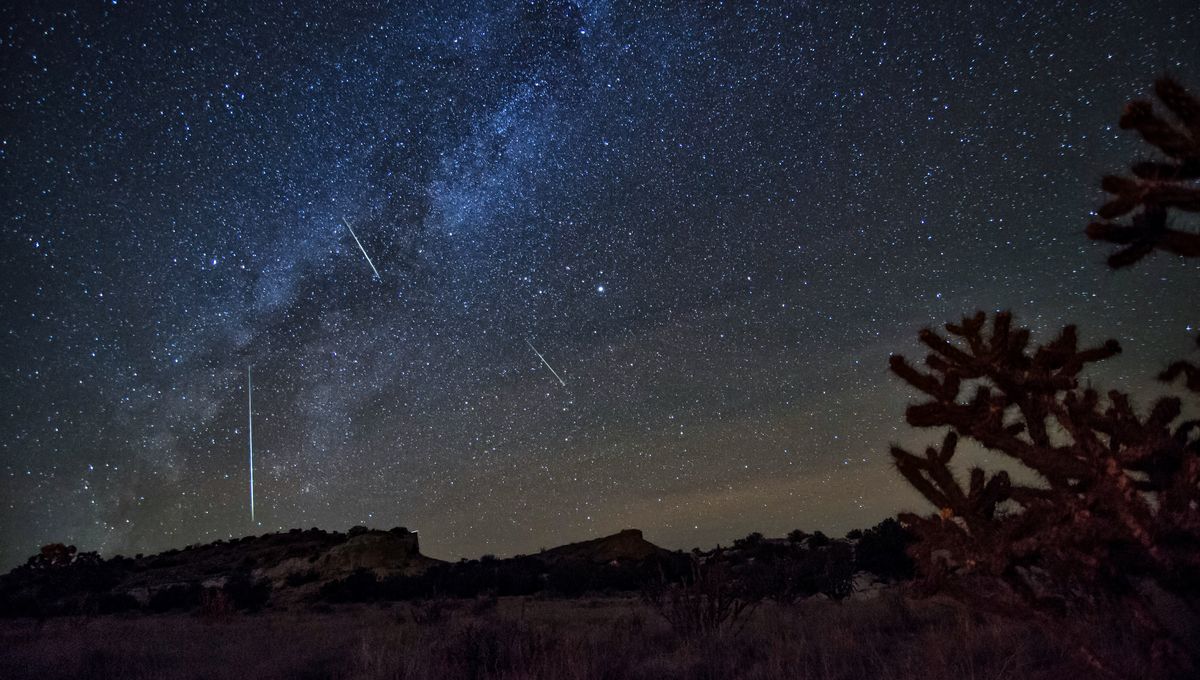
It’s a good month for sky lovers. Last week, there was an annular solar eclipse was visible across the Americas, and next week a partial lunar eclipse will be visible roughly in the rest of the world. And for everyone, there is the Orionid meteor shower that, like the eponymous constellation, is visible from both hemispheres at the moment.
The meteors tend to be visible from early October until the first week of November, but the time is now to see them at their peak. This is expected to be on October 22, and the International Meteor Organization expects to see at least 20 meteors per hour. There have been outbursts some years in the last few decades, some with more than 70 and even 100 per hour, but this year doesn’t seem to be one.
The name of the shower comes from the constellation of Orion, as it appears to radiate just above and to the left of Betelgeuse. And that’s the easiest way to find it. Look for Orion, find its shoulder, and follow it north-eastward towards Gemini. There will be the radiant. The best time to look on either hemisphere is around midnight, but it is slightly earlier in the Northern hemisphere.
All meteor showers are debris from comets or asteroids, and the Orionids are the leftover cloud of fragments left by the most famous comet there is: Halley’s Comet. Halley’s comet passes through the Solar System every 75/76 years (next passage in mid-2061) and as it approaches the Sun, it begins to evaporate and lose bits, polluting its orbit with debris.
The orbit of the comet is inclined compared to the Earth’s orbit. It has ascending nodes and descending nodes, depending on the direction of the comet. Our planet passes through near these nodes, interacting with the debris so we get the peak in the Orionids (in October) and the Eta Aquarids (in May). Although the Eta Aquarids are believed to be no longer affected by the comet and are now separate from it.
You won’t need a telescope or binoculars. They are visible to the naked eye – and there is another reason why tools are not gonna help. These meteors are pretty fast, moving at about 66 kilometers (41 miles) per second, so it’s easier to follow them with just your head.
Source Link: Look Up - The Orionids Peak This Weekend!